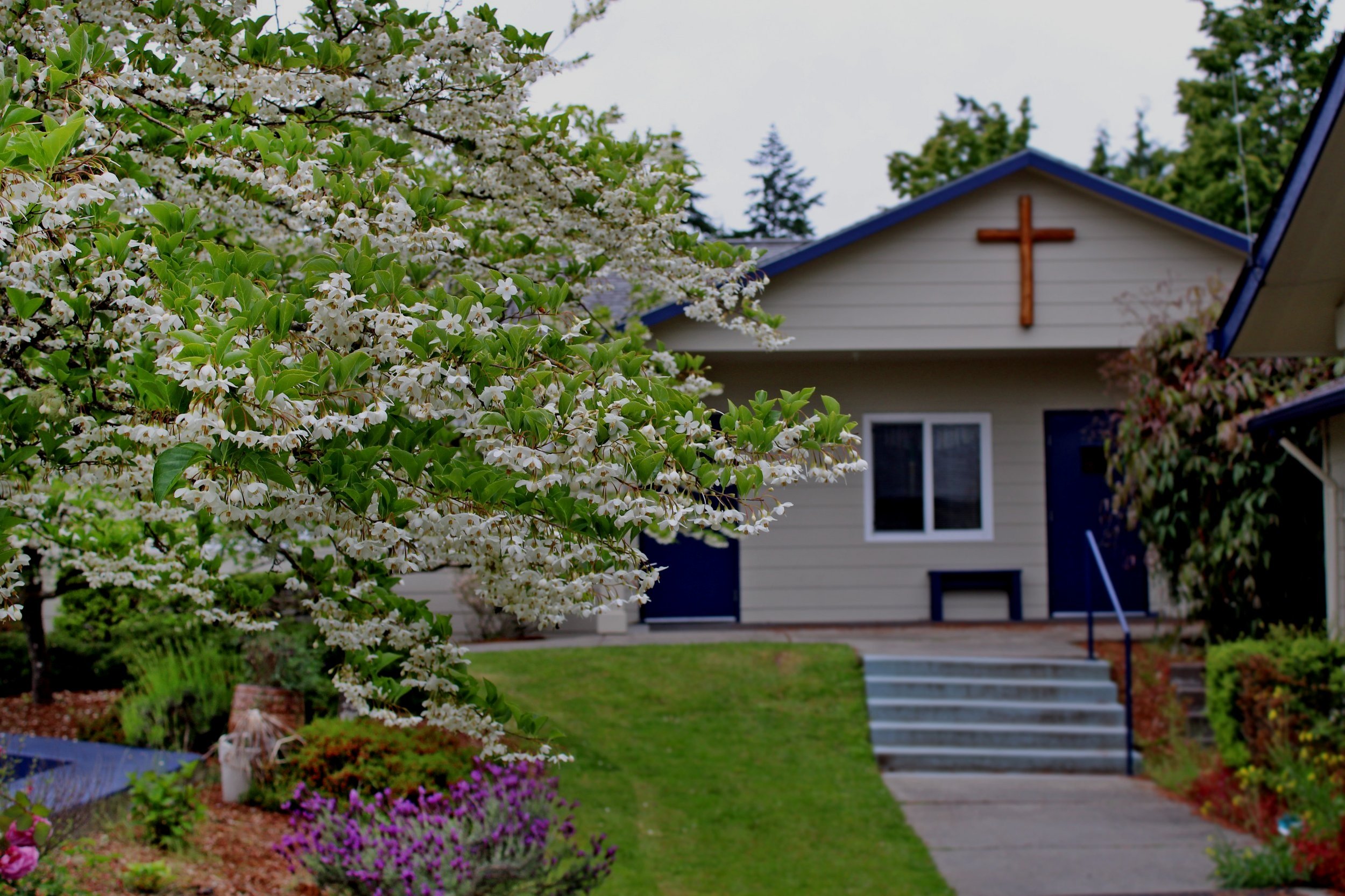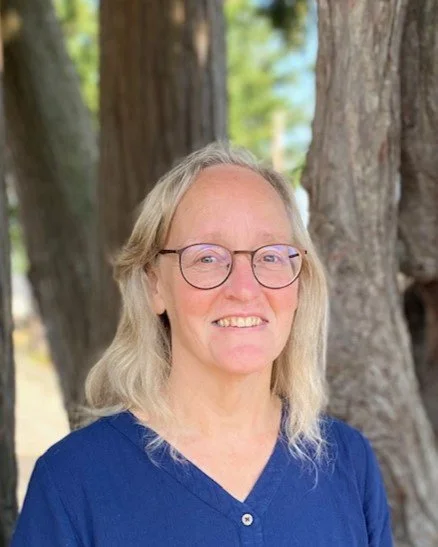
5TH - 8TH GRADES SCIENCE
I can do all things through Christ who strengthen me. - Philippians 4:13
Mrs. Lucy Clemen
I have enjoyed teaching and doing science experiments throughout my life, teaching part time at Olympic College and at Our Lady Star of the Sea School in Bremerton. I happily converted to Catholicism when I was at the University of Pittsburgh earning my doctorate in Physics, and continue to enjoy reading and learning more about the faith 30 years later. My husband Mark and I have four grown children - two in the military, one in religious life and one working as an engineer. Ten years ago, we moved to South Kitsap and am looking forward to being a part of the St. Nicholas School staff and community.


